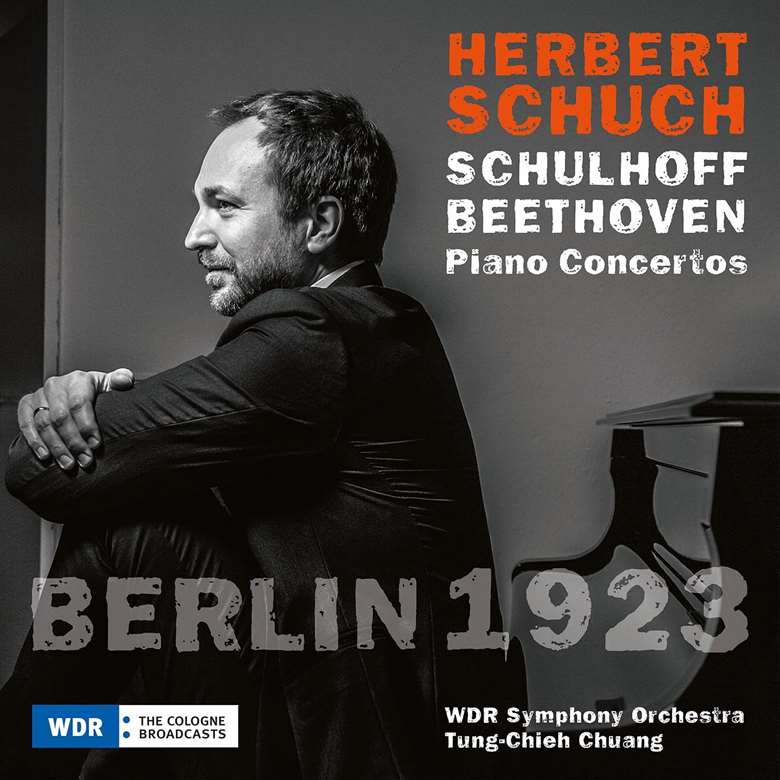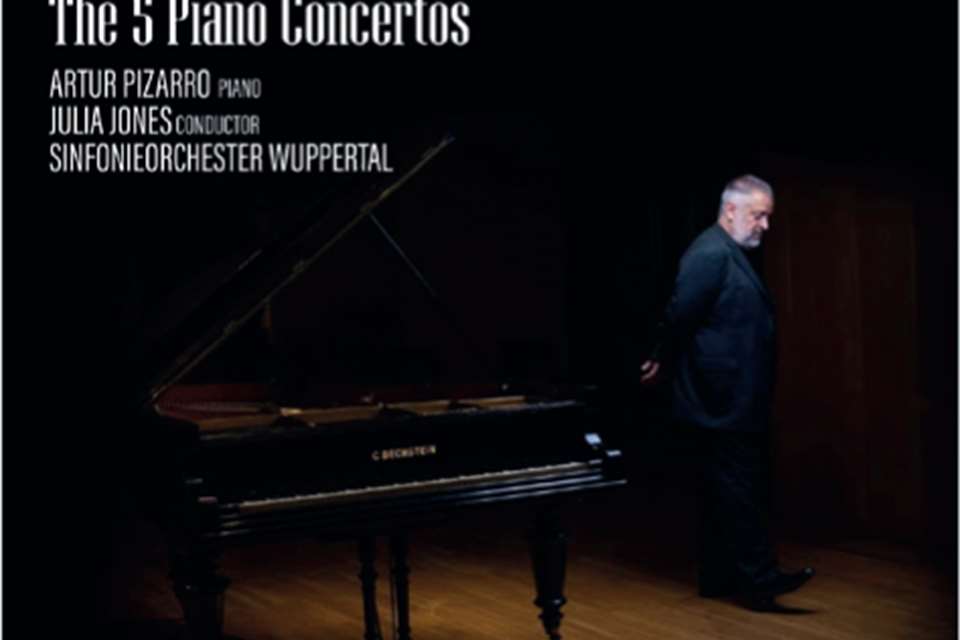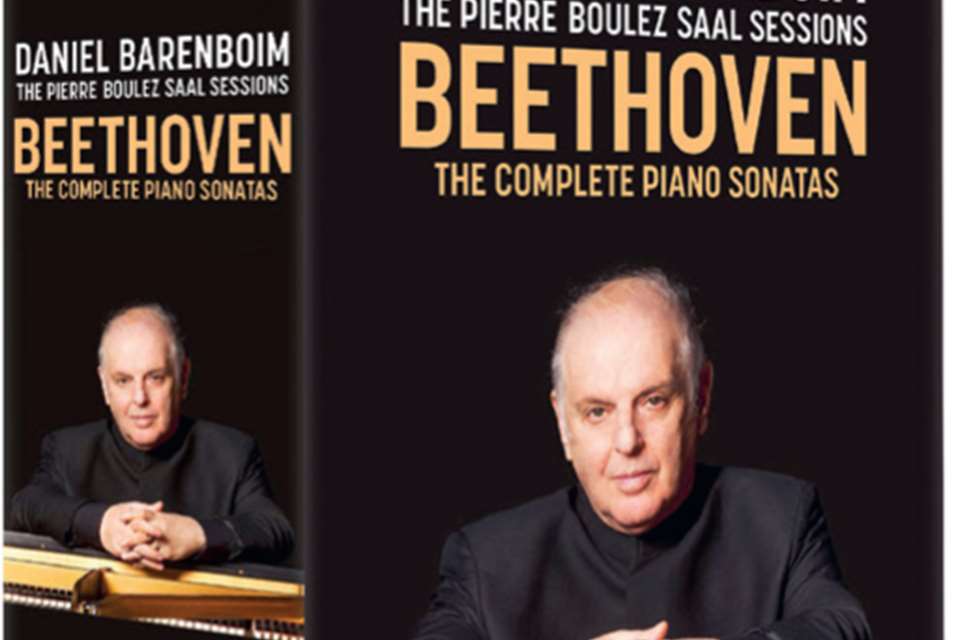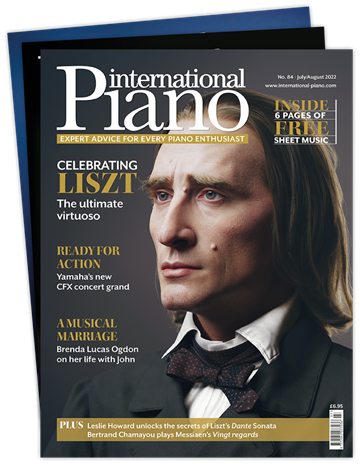‘Berlin 1923’ – Beethoven: Piano Concerto No 1, Op 15. Schulhoff: Piano Concerto No 2, Op 43 (Herbert Schuch)
Charles Timbrell
Friday, March 8, 2024
The finale is a total success, with good dynamic variety and a marvellously rowdy delivery of the central subordinate theme

Register now to continue reading
This article is from International Piano. Register today to enjoy our dedicated coverage of the piano world, including:
- Free access to 3 subscriber-only articles per month
- Unlimited access to International Piano's news pages
- Monthly newsletter









